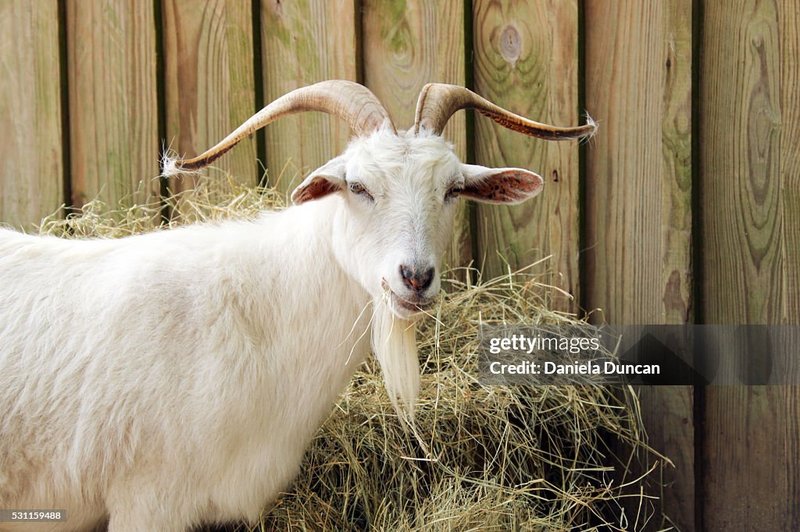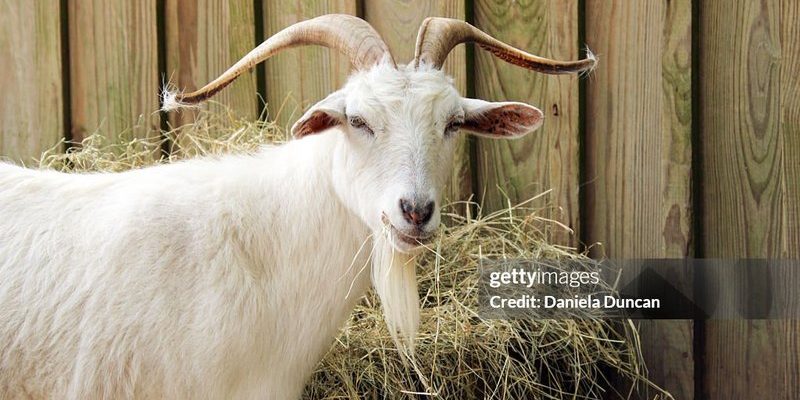
You might be wondering why cashmere goats require special attention in their diet. Well, like any high-performing athlete, these goats need the right fuel to produce top-quality fiber. If you’ve ever tried to maintain a balanced diet for yourself, you know how important it is! So, let’s dive into the essential feeding practices and nutritional requirements that keep these unique animals happy, healthy, and fiber-rich.
Understanding the Basics of Cashmere Goat Nutrition
Cashmere goats, native to the harsh climates of Central Asia, have specific dietary needs that shouldn’t be overlooked. Their nutritional requirements can be broken down into several key components, which ensure not only their health but also the quality of the cashmere they produce. Here’s a closer look at what they need.
1. Forage: At the heart of a cashmere goat’s diet is high-quality forage. This refers to plant material such as grasses, hay, and legumes. Forage should make up about 70-80% of their diet. Think of forage as the staple food group—like bread for us! It provides the essential fiber that helps in digestion and keeps their rumen functioning properly.
2. Concentrates: While forage is critical, cashmere goats also benefit from concentrates, especially during lactation or when they are growing. These can include grains, commercial goat feed, and protein supplements. It’s like adding a protein shake to your diet; it helps them gain weight or provide extra nutrients when needed.
3. Minerals and Vitamins: Just like humans need a variety of vitamins for our health, cashmere goats need minerals and vitamins to maintain their bodily functions and support growth. Providing a mineral supplement is key—make sure it’s suitable for goats to cover any gaps in their forage diet. Adding a bit of salt can also help in regulating their appetite and promoting hydration.
Daily Feeding Practices for Cashmere Goats
Feeding cashmere goats might seem straightforward, but it’s important to stick to a routine. Here’s how you can establish a daily feeding schedule that works.
1. Consistent Timing: Goats appreciate routine, so feeding them at the same time each day helps maintain their natural rhythms. It’s like clockwork for them! You’ll want to feed them twice a day, giving them fresh forage in the morning and again in the late afternoon.
2. Portion Control: You might think that more food means happier goats, but that’s not the case. Overfeeding can lead to health issues like obesity and digestive problems. A good rule of thumb is to offer about 2-4% of their body weight in dry matter daily. Using a scale or measuring tools can help you get it just right.
3. Fresh Water: Always ensure that your goats have access to clean, fresh water. Dehydration can affect their health and, subsequently, the quality of their cashmere. Provide water sources that are easy for them to access, and check them regularly, especially in hot weather.
Seasonal Nutritional Adjustments
Just like we adjust our diets with the changing seasons, cashmere goats have different nutritional needs depending on the time of year.
1. Winter Feeding: During the winter months, when forage isn’t as abundant or nutritious, your goats may need additional energy sources. Consider supplementing their diet with higher-quality hay and concentrates. This helps keep their energy levels up and maintains their body temperature.
2. Summer Grazing: In the summer, goats flourish on lush pastures filled with fresh grass. However, you should keep an eye on their intake to avoid over-grazing, which can lead to poor pasture health. It’s like a buffet—they’ll want to try everything, but too much can lead to tummy troubles.
3. Pregnancy and Lactation: Pregnant and lactating goats have increased nutritional needs. Providing them with extra protein, minerals, and energy-rich concentrates is crucial. Think of it like fueling an athlete who’s training hard; they need that extra boost to stay strong.
Common Feeding Mistakes to Avoid
Feeding cashmere goats can come with its challenges, and there are some common mistakes you’ll want to sidestep.
1. Neglecting Forage Quality: Always choose high-quality forage. Moldy or contaminated hay can lead to health issues. If you wouldn’t eat it, neither should your goats! It’s essential to inspect and store hay properly to prevent spoilage.
2. Ignoring Individual Needs: Each goat may have different nutritional requirements based on age, health status, and production stage. For instance, a growing kid requires a different diet than a mature goat. Pay attention to your herd’s individual needs—think of it as customizing a meal plan!
3. Overlooking Mineral Deficiencies: Goats can suffer from mineral deficiencies, leading to issues like poor fleece quality. Regularly evaluate your goats’ health and consult a veterinarian for guidance on mineral supplementation. This proactive approach is key to keeping them healthy.
The Importance of Pasture Management
Effective pasture management plays a vital role in ensuring that your cashmere goats have access to adequate nutrition.
1. Rotational Grazing: Implementing a rotational grazing system allows your goats to forage on fresh pasture while giving previously grazed areas time to recover. This not only enhances the quality of the grass but also reduces the risk of over-grazing.
2. Weed Control: Weeds can compete with desirable grasses and legumes, resulting in lower-quality forage. Regularly checking your pastures for weeds and managing their growth will ensure that your goats have the best possible diet.
3. Soil Health: Keep an eye on soil health, as it directly affects plant growth. Testing the soil and making necessary amendments can lead to a more robust pasture, providing better nutrition for your goats. Healthy soil creates healthy grass!
Caring for cashmere goats involves more than just providing food. It’s about understanding their specific nutritional needs and how to meet them effectively. As you embark on this rewarding journey, remember to prioritize high-quality forage, manage their diet diligently, and adjust based on seasonal changes.
By following these guidelines, you’ll not only support their health but also help them produce that beautiful cashmere that has us all wrapped around its soft, warm fibers. So grab your feed buckets, keep an eye on your goats, and enjoy the journey of nurturing these fantastic creatures!

